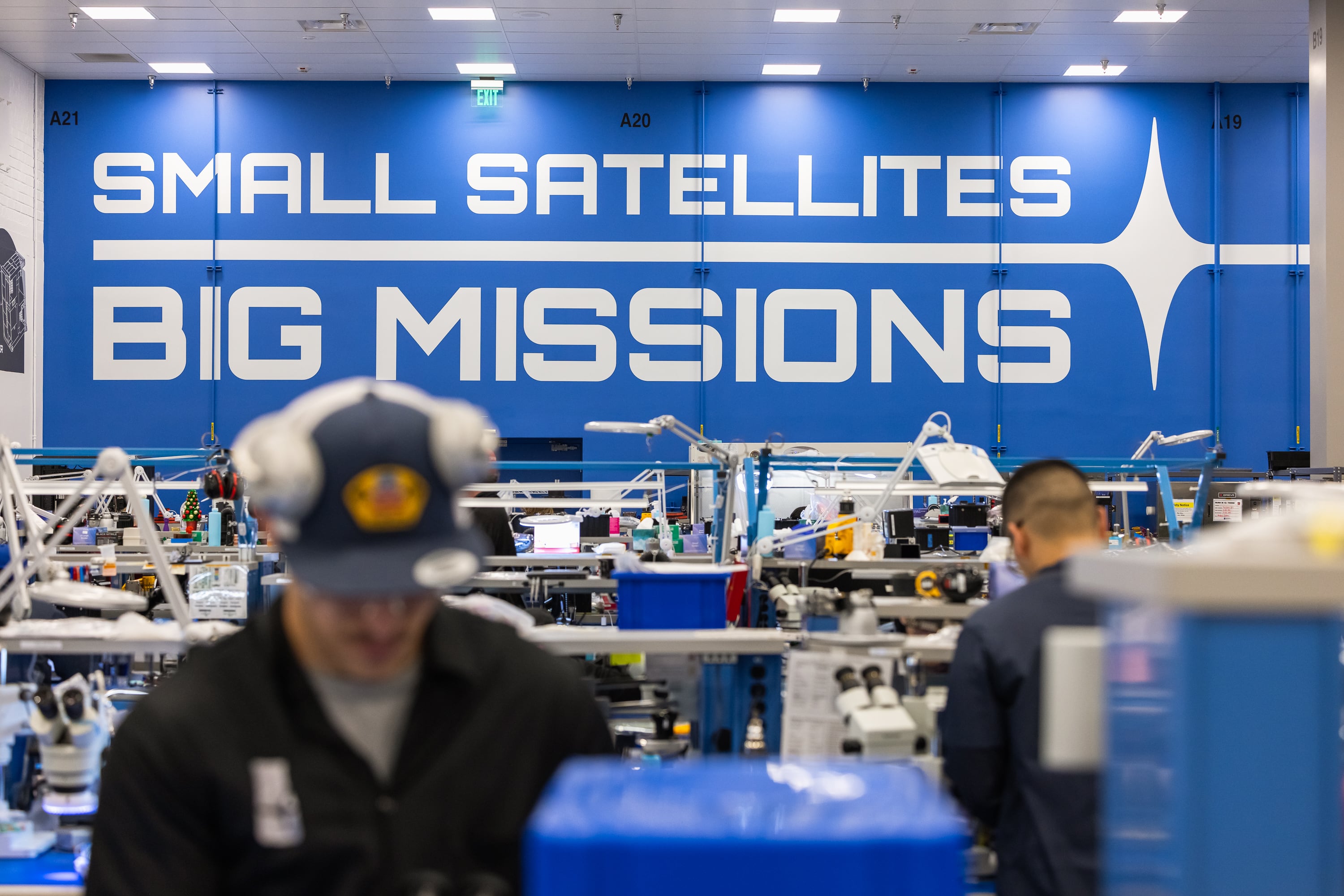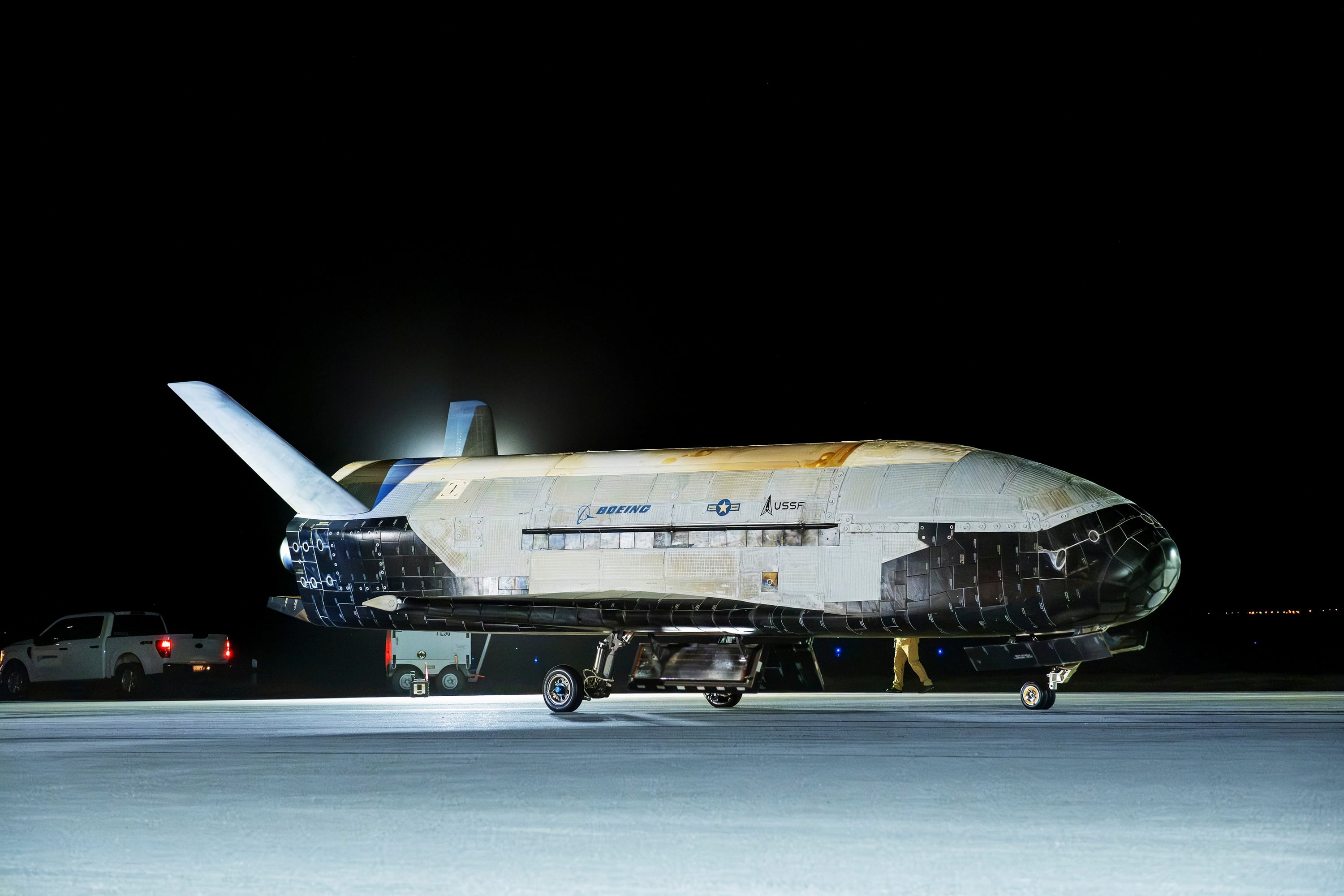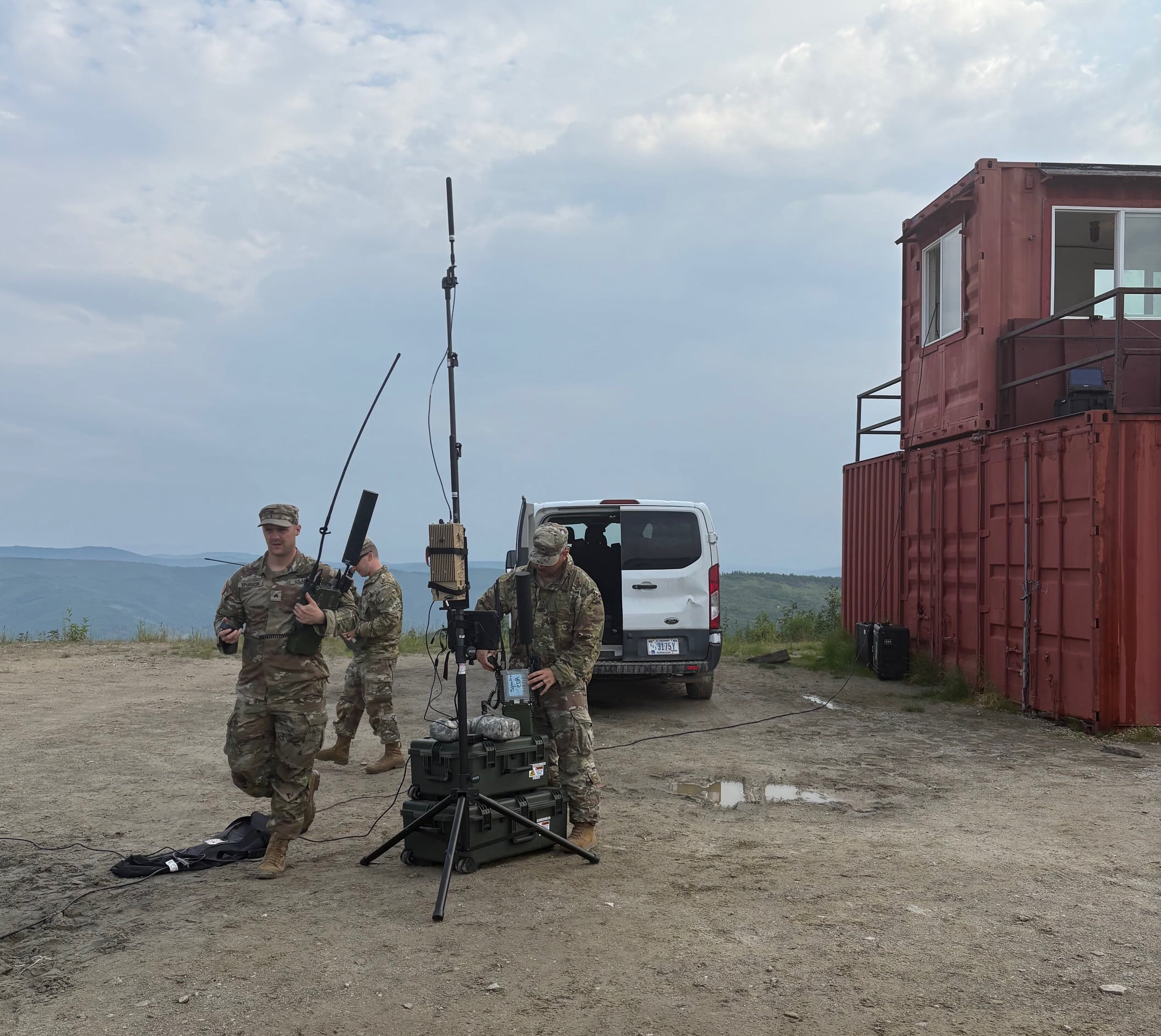The Army has successfully completed an intercept test at White Sands Missile Range, New Mexico, using the integrated air and missile defense battle command system (IBCS), an enterprise-focused open-systems architecture developed with Northrop Grumman.
The flight test, held May 28, involved a ballistic missile acting as a threat surrogate directed at a defended asset. Using data from a Patriot radar unit, IBCS engagement operations centers established a composite track on the missile, deemed it a threat and commanded two Patriot PAC-2 interceptor missiles to destroy it. The next-generation modular command-and-control (C2) environment has been in development for five years, and is scheduled to undergo tests until summer 2016.
Online Multimedia Report
Missile Defense: C2, Sensors & Networks
See Also: AUSA: Northrop Grumman readies Army's integrated air missile defense system
Northrop Grumman, the IBCS prime contractor since 2010, has tailored the system to replace seven legacy C2 systems with a platform of networked sensors and interceptors to maximize surveillance and protection areas. IBCS reduces single points of failure and enhances flexibility with its capability to integrate current and future sensors and weapons systems and interoperability with existing joint systems.
"Working together with the Army, we will deliver with IBCS a fully netted system providing a single, unambiguous view to enable any-sensor, best-shooter capability," said Dan Verwiel, vice president and general manager, integrated air and missile defense division, Northrop Grumman Information Systems, in a company news release.
The Army sees IBCS as the means to organize and optimize the sensor/shooter relationship to targets without the expense of acquiring entire systems, agreed Army Air Defense Artillery School Commandant and Air Defense Artillery Chief BG Christopher L. Spillman and BG (P) L. Neil Thurgood, Army program executive officer, Missiles and Space, in the news release.








